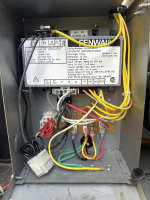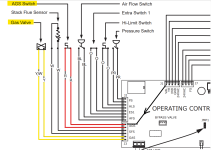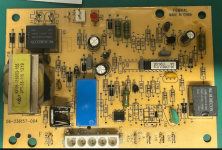Hello, new here and after lots of google searches decided to ask for help. I have a Pentair Mastertemp 250 gas heater that I’m having issues with. I am thinking the issue is with the gas valve. I’ve replaced the gas valve and the control board but am still having the issue.
I get 24v to the wires going to the valve when not connected. When the wires are connected, the voltage drops to 9v and I never smell gas when it’s supposed to open. I’ve tried 2 different gas valves and get the same result. What could cause the voltage drop of the valve is good?
Thanks in advance!
I get 24v to the wires going to the valve when not connected. When the wires are connected, the voltage drops to 9v and I never smell gas when it’s supposed to open. I’ve tried 2 different gas valves and get the same result. What could cause the voltage drop of the valve is good?
Thanks in advance!




















